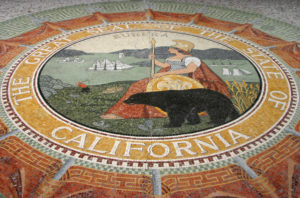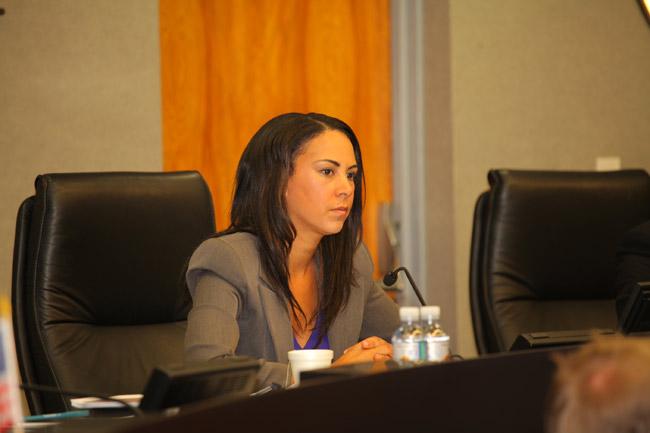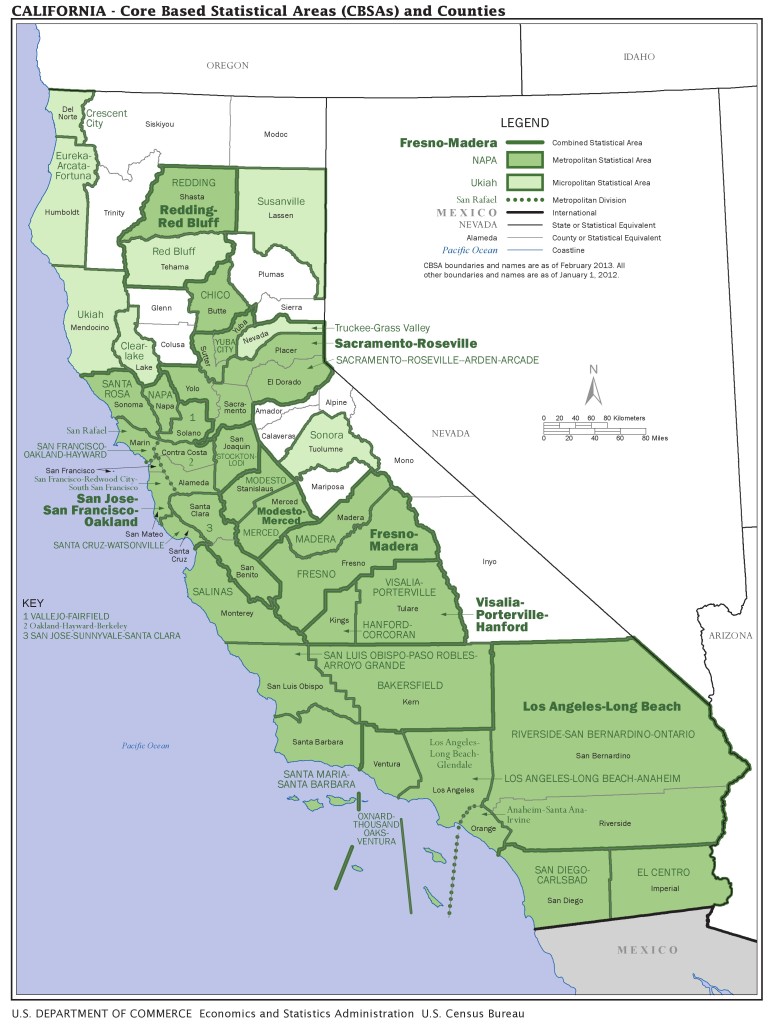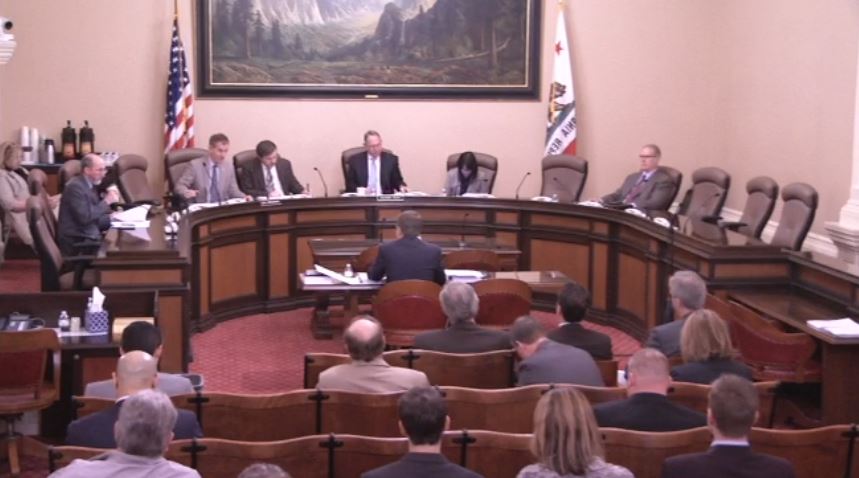
California bill would allow flawed insurer labor rate surveys to also count as ‘good faith’
By onBusiness Practices | Insurance | Legal
A California bill up for an Assembly committee hearing Wednesday would allow methodologically ludicrous insurer surveys to count as a “good faith” effort to determine a labor rate.
Assembly Bill 1679 essentially gives a stamp of approval to all of the bad behavior the California Department of Insurance recently sought to check.
As the CDI wrote in March 2016:
In addition to the above clarity issues with section 2698.1, because there is no standard methodology specifically outlined in the statute (i.e. whether insurers use a sufficient number of randomly selected shops or whether insurers use an average, or other methods to measure a prevailing labor rate charged by shops), many surveys submitted to the Department and used by insurers to pay claims tend to produce inconsistent, inaccurate, and unreliable results, creating confusion when insurers seek to support their payments of automobile repair insurance claims or the adjustment of the body shop estimate as reasonable within the meaning of CCR section 2695.8(f) of the Fair Claims Settlement Practices regulations. Insurers continue to use these unreliable surveys to settle and pay claims and limit payment on claims.
The Department received hundreds of complaints from consumers and auto body repair shops, alleging specific instances where consumers were forced to pay out-of-pocket costs, or shops were deprived of their reasonably charged rates due to outdated and unreliable surveys. For example, some insurers’ labor rate surveys relied on artificially large geographic areas or outdated survey data that did not reflect the market rate. Furthermore, some insurers advised claimants and/or repair shops that since a survey was submitted to the Department, that survey is reliable support for limiting the labor rate component of repair claims, or that the Department has approved the methodology of the insurers’ labor rate survey. However, the fact that the Department is acting as a “clearing house” for surveys submitted to the Department pursuant to Ins. Code section 758(c), does not render these surveys “approved” by the Department. The statute, Ins. Code section 758 (c), and the associated regulations do not confer upon the insurer the unfettered ability to use these surveys to pay claims in cases where the claimant seeks repairs from a shop outside of the insurer’s direct repair program network of shops.
These complaints culminated in several enforcement actions which the Department filed against several insurers. The enforcement actions were based on potential violations of Ins. Code section 790.03. (Emphasis added.)
On Jan. 1, new CDI regulations formally took effect guaranteeing that carriers had a “rebuttable presumption” of good faith on labor rates if they chose to follow a standardized labor rate survey format and methodology to determine the “prevailing rate.” (Carriers aren’t required to follow the survey — or even conduct a survey at all.)
This regulation had been in the works for five years, and the CDI heard comments from insurers during that time. Insurers didn’t have to comply until Feb. 28.
Less than two months after that date, insurer trade groups went into hysterics, and Assemblywoman Autumn Burke, D-Inglewood, sponsored AB 1679.
Let’s go through the bill and explore some of the really awful stuff before the House Insurance Committee hearing 9 a.m. Wednesday. (Follow along with the hearing here.)
Geographic region
From AB 1679:
(2) (A) The sample size is equal to or greater than 20 percent of the total auto body repair shops registered with, or licensed by, the Bureau of Automotive Repair as an auto body shop or paint shop, surveyed at random subject to paragraph (3), for each geographic region.
… (7) The survey uses any reasonable, contiguous geographic area to establish a prevailing auto body repair labor rate, including cities, counties, and Core Based Statistical Areas as defined by the federal Office of Management and Budget for use by federal statistical agencies, as long as the geographic area chosen has at least six auto body repair shops whose labor rate information is included in the survey.
This opens up all the bad options that CDI specifically rejected in developing its labor rate survey methodology and signs off on carriers like State Farm using absurdly large CBSAs regions as a market.
Treating each shop as a “unique geographic area” and a surveyable area as the nearest six responding shops in “straight-line distance” (as the crow flies) fairly compensates for California’s “diverse population, socio-economic differences, possible zoning differences, and real estate cost differences within cities and rural areas in California,” the CDI wrote in March. For instance, one shop, due to higher real estate costs, or other factors in a specific location may have a much higher prevailing labor rate than another shop across town in the same city but with much different socio-economic characteristics.”
Ultimately, the CDI proposed a market area of the nearest geographic six shops which completed the survey, counting the shop itself if it completed the document, and all other shops within a region extending out a mile from the farthest of the six shops.
Census tracts: The DOI tossed that idea because out of 527 Census locations with a collision repairer in 2013, 134 had a single shop, and 69 of them only had two shops — while 10 cities had more than 60 shops, including Los Angeles’ 361 shops.
Either way, the data has issues, according to the DOI. One- and two-shop cities could yield “unreliable or even uncollectable” data, while gigantic metropolises might not accurately reflect a shop’s real market. (Would you drive from one side of Los Angeles to the other for body work on a common vehicle?)
Census core-based statistical or metropolitan areas: This one is interesting because it might be what State Farm is using in at least one state when it revamped its market areas. The federal government recognizes two types of “core-based statistical areas”: metropolitan and micropolitan. Metropolitan areas have an urban core of 50,000 or more people; micropolitan ones have an urban core of between 10,000 and 49,999.
There are fewer of these areas than counties, the DOI observed, and some areas don’t even count as one. (Get a map of all “core-based statistical areas” for your state here; don’t be confused by the larger “combined statistical areas.”)
The DOI rejected this idea for the obvious reason: Core areas and some metropolises are freaking huge.
“For example, the Los Angeles-Long Beach-Anaheim, CA Metropolitan Area contains more than 13 million residents (more than a third of the entire population of the state),” the DOI wrote. “It includes the large County of Los Angeles and Orange County. Within this single Metro Area and even within each county, there are significant differences in shop expenses and overhead, which impact labor rates in different locales. Use of super-size geographic areas in a labor rate survey unreasonably flattens the labor rates in more affluent or higher cost areas and would result in many repair shops being paid less by insurers than the reasonable market rates in those areas.”
Cities/counties: The DOI noted April 2015 public hearings yielded the idea of using cities, counties or combined regions (enough rural counties to yield six shops) with 50 percent of shops responding. The DOI felt that one might have worked but was too messy.
“While this alternative may have merit, stakeholders from both the repair shop and insurance industries expressed confusion as to how this alternative would operate,” the DOI wrote. “Based on the alternative, insurers were confused as to when to use a city, county or region and the 50% response rate requirement. This rule could create confusion as to how to define the geographic area based on how many shops actually respond, especially in cities with close to 5 or 50 shops. The Department also believes this is not the most cost-effective solution as it introduces the cost of GIS software, but does not recommend it uniformly or across all geographic sizes. The Department believes that using GIS software to create one rule and apply it to every geographic area is more fair and equitable.”
Shop capabilities
The fact that an insurer “may” exclude shops that don’t meet this criteria but isn’t forced to exclude them is a gigantic red flag. According to the CDI regulation, an insurer surveying shops could have their “good faith” presumption if they only surveyed facilities which:
2. Have proof of garage keeper’s liability and workers’ compensation insurance or equivalent;
3. Have electrical or hydraulic equipment capable of making simultaneous multiple body or structural pulls;
4. Have a spray booth that meets current federal, state, and local requirements;
5. Have the ability to complete and verify four-wheel alignment through computer printout either from an in-house alignment system with at least one technician that is certified or qualified or by utilizing a qualified sublet provider;
6. Have the ability to (1) remove and reinstall frame, suspension, engine, and drive train components, or (2) use a qualified sublet provider;
7. Have the ability to evacuate, reclaim, and recharge vehicles’ air conditioning systems using EPA compliant in-house equipment and certified technicians or use a qualified sublet provider; and
8. Subscribe to a provider of structural specifications with periodic updates covering the vehicle structure for the make, model, and year of the vehicle(s) being repaired and wheel alignment specifications for the make, model, and year of the vehicle(s) being repaired.
Underequipped shops with only a BAR registration or license will count as surveyable ones, and the carriers will have the state’s blessing to use their data to calculate labor rates should AB 1679 pass.
DRP rates can count
(4) The survey’s methodology does not require an auto body repair shop to respond to the survey in any of the following manners: …
(C) By providing its discounted rate for the direct repair program of the surveying insurer or any other insurer.
The shop isn’t required to use its DRP rate (how generous!) — but nothing prevents them from doing so.
That is exactly the kind of behavior the CDI sought to halt with its regulation, which provides a standardized survey option that asks, “Please indicate the hourly rate charged by your. facility for non-Direct Repair Program or other non-discounted auto body repair work for each category of repair identified below.”
As the CDI responded to a comment:
Also, since Ins. Code section 758.5 confers upon a claimant the right to select the automotive repair dealer (repair shop), using discounted or negotiated rates from DRP hinders that right, misrepresents the actual market labor rates in a given geographic area and results in unreasonably low insurance settlements. The proposed language is reasonably necessary to address the skewed data that may result by including discounted or DRP labor rates. The proposed language does not prohibit the use of non-discounted rates of a DRP shop, which will equitably be included in the Standardized Labor Rate Survey. However insurers must report their use of DRP shops in its survey under proposed CCR section 2698.91(d) for transparency purposes
Larger shops count more
(5) The survey calculates the prevailing auto body repair labor rate as the median rate charged by the surveyed auto body repair shops in a specific geographic area, without any weighting other than weighting based on repair volume capacity.
Weighting based on repair volume capacity means that a larger shop doing more work has its labor rate count more than a smaller shop. If an MSO’s direct repair program rate — which generally will be lower than the market in exchange for carrier referrals — is used and given more weight because of its capacity, good luck being a smaller shop in the market. (The MSO might not even be located near the shop, based on the geographic market flexibility.)
Invoices and IP data can be used
(6) The survey data is compiled from one or more of the following sources:
(A) Direct responses provided by an auto body repair shop.
(B) Any paid repair invoices, including those paid by the insurer or another insurer.
(C) Third-party automobile collision repair estimating software used by the insurer to prepare estimates.
Under this language, a carrier doesn’t even have to lean on a shop and encourage it to fill out a survey with its DRP rate. The carrier can just randomly survey estimate or invoice data carrying discounted rates.
No mention of specialty materials
The final version of the survey template asks about multiple labor rate categories, including aluminum, fiberglass and carbon fiber work as well as the more commonplace categories like general sheet metal, structural, frame, mechanical and refinishing.
AB 1679 makes no mention of any of these different categories, which raises the concern of a carrier attempting to apply a general mild steel body labor rate to an aluminum vehicle for which a shop might want to charge more to amortize the equipment and training necessary with aluminum.
Timing
(b) An insurer that conducts or uses a survey that establishes a prevailing auto body repair labor rate in a specific geographic area shall report the results of the survey to the department at least every 24 months for as long as the insurer continues to use that prevailing auto body repair labor rate survey. The survey results reported to the department shall include all of the following information, which the department shall make available upon request:
The CDI’s version demands that carrier surveys be updated every 16 months, no later than 28 months on the outside if an inflation factor is applied.
AB 1679 suggests a carrier could conduct a survey once, use that data for all time, and simply keep submitting the same initial survey results every two years to the carriers.
It also lets an insurer use the data for two years before it finally has to disclose results to the CDI for public scrutiny, while the current regulation declares “Insurers shall submit the results of their labor rate survey to the Custodian of Records of the Department of Insurance within thirty (30) calendar days of completing the survey.”
Be heard: California legislator contact information can be found here and here.
Correction: An earlier version of this article incorrectly described the market area suggested by the CDI’s new regulation. It proposes a market area of the nearest geographic six shops which completed the survey, counting the shop itself if it completed the document, and all other shops within a region extending out a mile from the farthest of the six shops. The article has since been corrected to reflect this.
Images:
A California bill up for a hearing April 19, 2017, would allow methodologically absurd insurer surveys to count as a “good faith” effort to determine a labor rate.
California Assemblywoman Autumn Burke appears Nov. 4, 2015, at the Lawndale City Council Chambers. (Provided by Assemblywoman Autumn Burke’s office)
A joint California Senate committee met April 27, 2016, to discuss regulatory power with Democratic Insurance Commissioner Dave Jones. (Screenshot from California Senate video)



